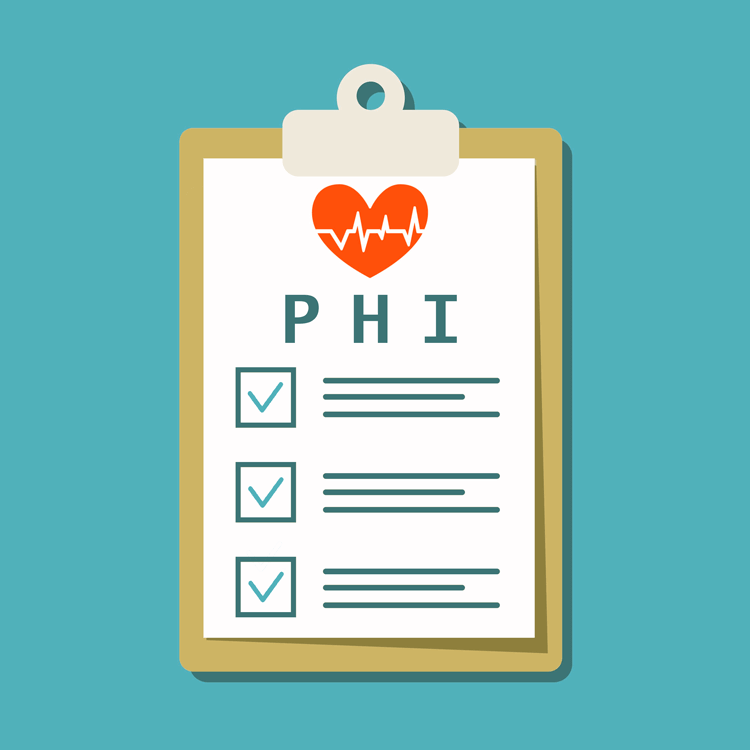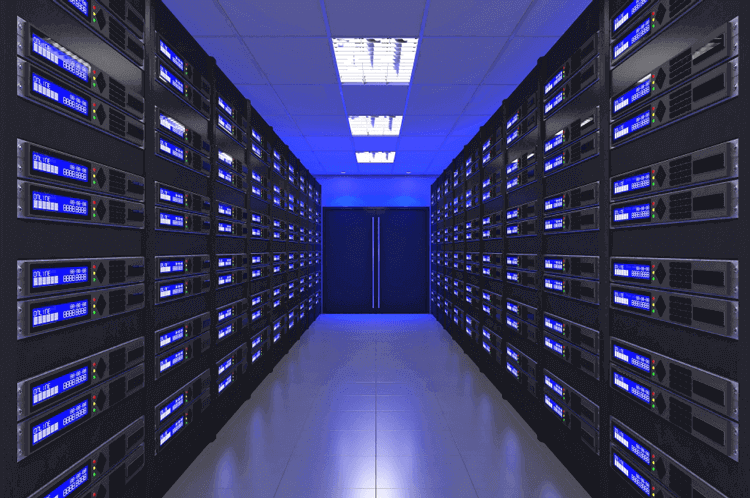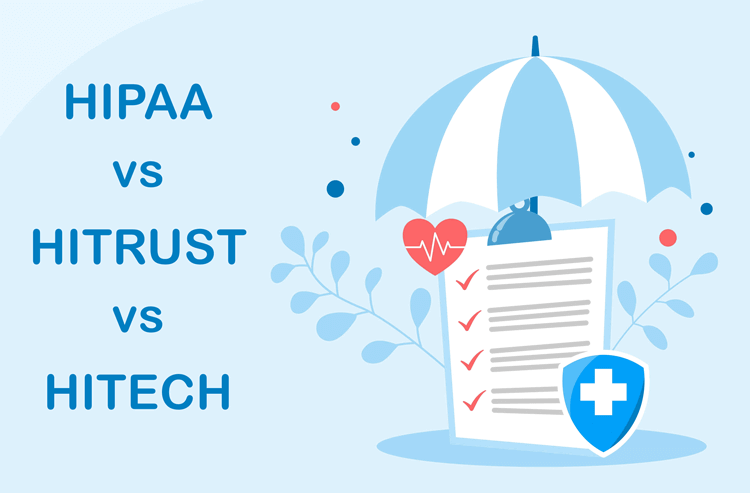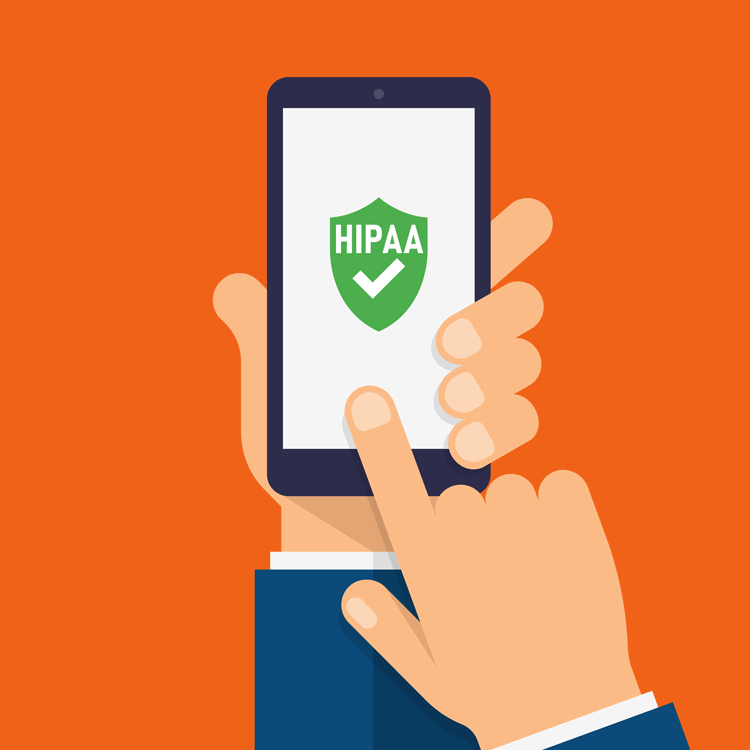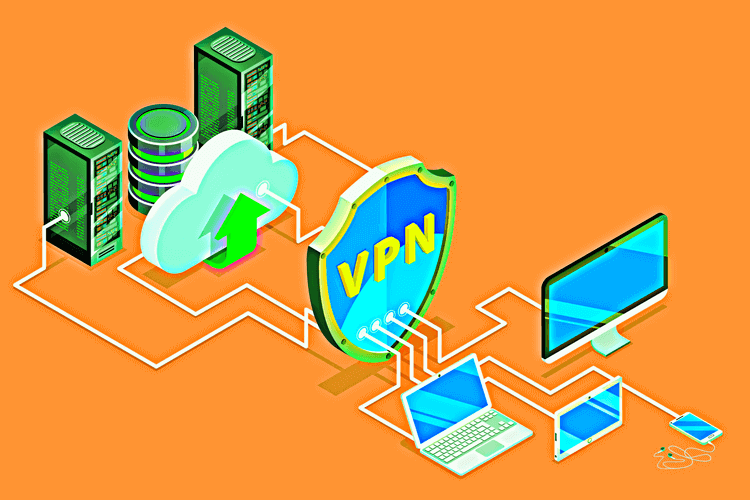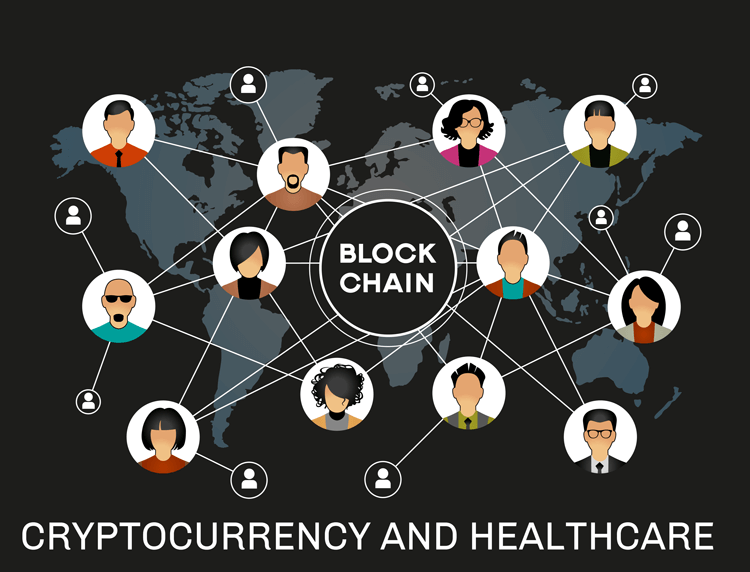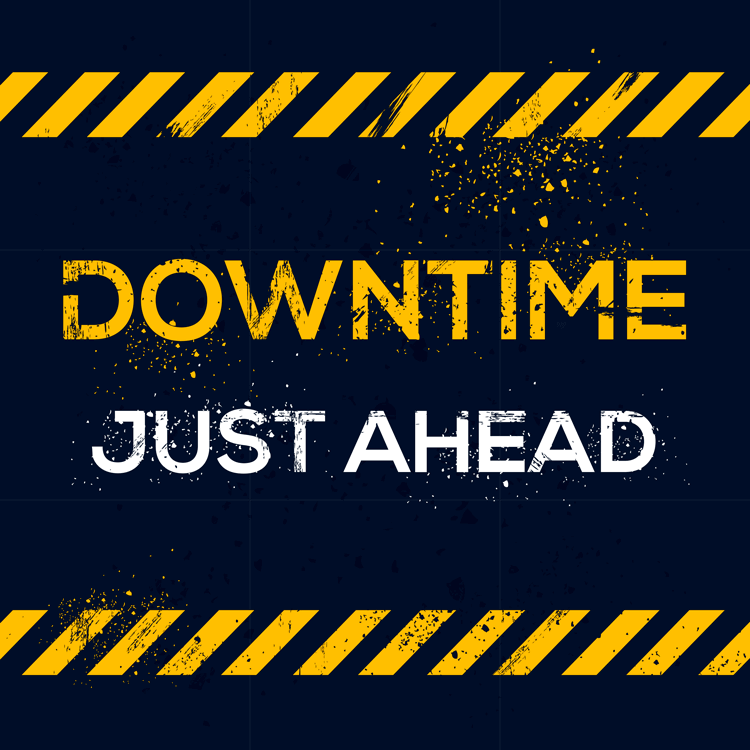What is a HIPAA Business Associate Agreement: Why Your Organization Needs a BAA
One of the most important regulations in healthcare is the US Health Insurance Portability and Accountability Act (HIPAA). Within that are Business Associate Agreements (BAAs) between healthcare organizations and professionals and third-party suppliers, vendors, and non-medical professionals.

